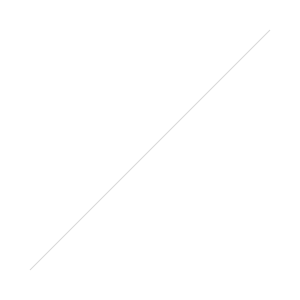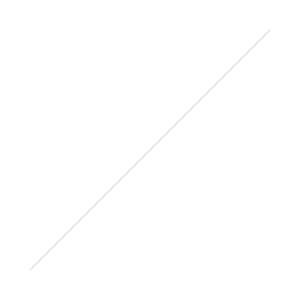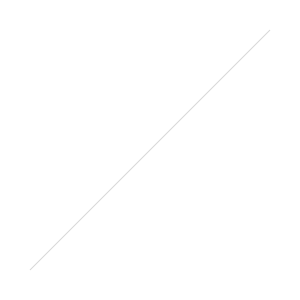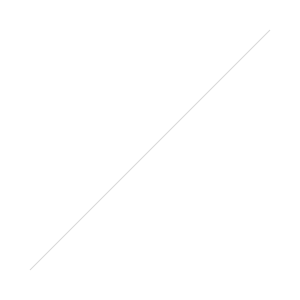Equipment I use for lettering and illustration
The tools don't make the artist, but having the right equipment can help make your life a lot easier.
In my Skillshare class about How to Create Your Own Hand Drawn Font, I mentioned how you don't need to get fancy with the materials you're using. I never want expensive equipment to stand in the way of creativity!
However, there are a few things that I use regularly that I'd like to talk about. These tools are equipment-specific, meaning this isn't about my favorite pens, pencils, erasers and notebooks, but it's more so about the experience enhancing things I use to make my life easier.
Want to read more? Check out my resources page.


If you want to know more about the equipment I use often for lettering and illustration, read on!
Scanner
In a lot of my tutorials, I recommend using good natural light and your iPhone in order to start the paper-to-digital process. Let's face it, sometimes daylight isn't available. In fact, if you're pursuing lettering and illustration in addition to your day job, there's a good chance you aren't working when day light is available.
A scanner solves that problem.
If you're looking for an inexpensive scanner for your work, I recommend a flatbed scanner in a standard size. No need to get super fancy here.
I have the Canon LIDE 110 and it's worked beautifully for me. There was minimal calibration setup with my Mac, and now I just plug it in and boot up Image Capture. The scans are semi-quick and the images go right to your desktop. Just use 300dpi and grayscale for most black and white drawings.
Added bonus: the scanner doesn't need a power cable to work. The USB cord is enough to power up the scanner.
I will note to be careful when moving it around. You don't have to treat it like it's fragile… what I'm saying is not to squish it underneath other equipment or books. You can guess where I'm going here. I totally squished my scanner and now the motor won't move the wand. Sigh. Good thing Adams has the same scanner too :)


Daylighting lamps
If a scanner won't work for you, another great way to go is to get one or two good daylighting lamps to use in conjunction with your smart phone. Having two lamps shining on either side of your drawing will help balance out some shadows.


Light Pad
Ooh boy, the light pad is easily the most exciting piece of equipment I have. Being able to sketch out your drawing and then refine it in ink on a completely separate piece of paper is so liberating. It's also awesome for pulling in a motif over and over again or for redrawing portions of a drawing. I use mine for making fonts all the time.
Because of lighting technology, LED lightpads are the new and more convenient solution to light boxes. Plus, it's easier to position yourself over a very slim lightpad than over a lightbox. I love and use this one by Huion.


This item is also only powered by USB, and it is super bright and portable.
Wacom Tablet
I adore my Wacom Tablet for brush lettering in Illustrator and for smoothing paths in Illustrator.
I haven't played around with my Wacom as much as I've wanted to, but there are so many great tutorials out there on how to use it for drawing and digital painting.


Joby GripTight Mount
If you post video demos of your work on YouTube or Instagram or elsewhere, having a good iPhone camera mount is key. This Joby mount expands to fit the skinny side of your iPhone and the rubber grips keep it in place. It can be attached to any camera mount, including my favorite GorillaPod tripod.
I used the Joby GripTight Mount for my Skillshare videos (all recorded on my iPhone 5S) and it was awesome for demos!




Want to read more about lettering and illustration stuff? Here's a list of my favorite pens (that probably needs to be updated…) as well as a hand lettering starter kit.
What is your favorite equipment for artwork, lettering or illustration?
Cover photo by Kobu Agency




